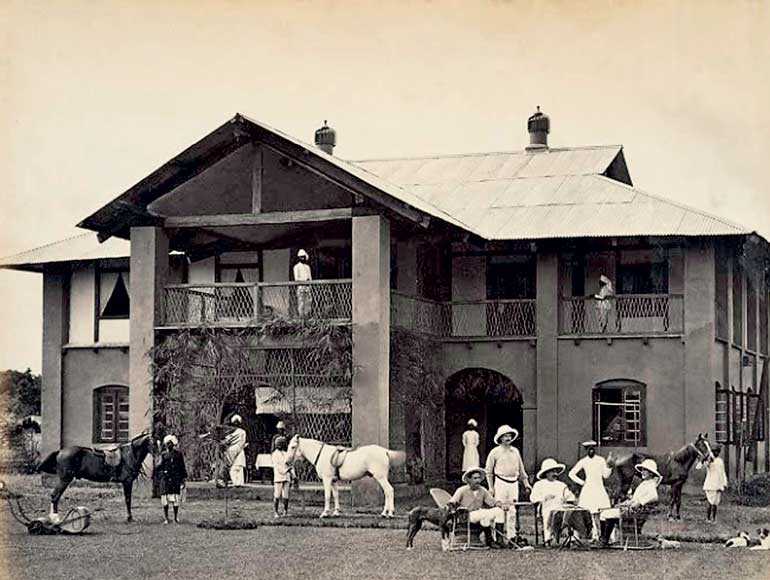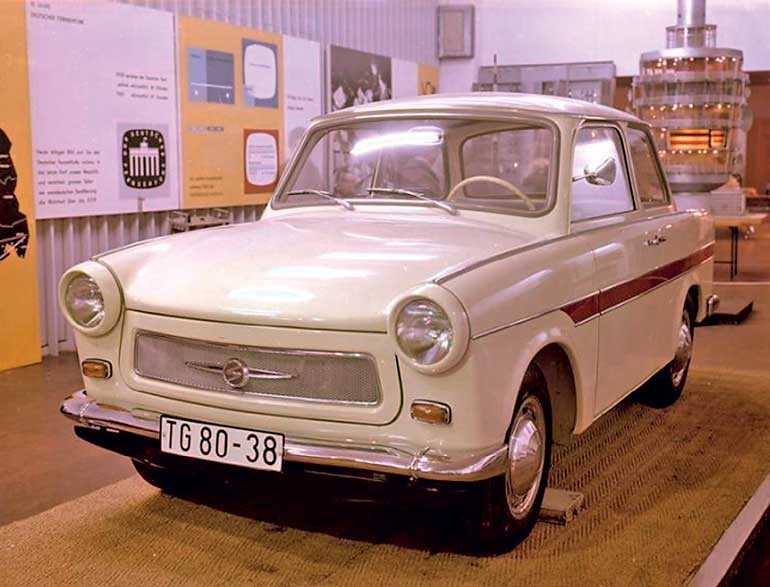Friday Feb 14, 2025
Friday Feb 14, 2025
Tuesday, 25 September 2018 00:00 - - {{hitsCtrl.values.hits}}

Ricardo Hausmann’s suggestions would be an exercise in re-colonisation – replacing local specialists with cheaper, unorganised immigrant labour, and a new “Sahib” class of foreign “experts”
By Madhi Thotavatte and Sagara Godage
for The Avocado Collective
Ricardo Hausmann appears to be one of that dread tribe of “foreign experts”, who descend on us without the faintest idea of our history, culture and technology, to lay down a prescription for development which ends up wreaking disaster.
In his ‘The knowhow path to Sri Lankan development’, published in the Daily FT, on 9 September, Hausmann argues that the ‘knowhow’ of Sri Lankan citizens isn’t enough to transform our economy. He prescribes labour liberalisation to attract the ‘missing sugar’, i.e. foreign workers and the diaspora.
Anyone who thinks we need to add more sugar to our tea has surely not spent time in our country – our underdevelopment stemming in part from a technically backward plantation system, set up with foreign ‘knowhow’ and near-slave labour.
Hausmann the Hitman
Ricardo Hausmann was in the cabinet of the right-wing Venezuelan regime that brutally put down the Caracazo – a wave of popular protests against austerity and privatisation.
Hausmann parades his Harvard credentials, yet Harvard Business School permits companies to veto case studies written about them, while teachers are paid by the companies they teach about. ‘Harvard Boys’ enforce a rapacious capitalism that has roiled the US economy and promoted waves of privatisation and imperial plunder.
What Hausmann doesn’t parade is his involvement in the late 1980s in the cabinet of rightist Venezuelan President Carlos Andres Perez. That regime implemented an IMF-style austerity programme setting off the 1989 Caracazo – a popular rebellion put down by a state-sponsored massacre of hundreds (maybe thousands) of people. It laid the foundations for the crisis Venezuela still endures today – including its dependency on oil, which the corporate media instead blames on the Bolivarian Revolution.
Hausmann was promoted to Minister of Planning, even as Perez was forced out of office for embezzlement. Hausmann then became Chief Economist of the Inter-American Development Bank, advising many banks, governments and intergovernmental bodies – a hitman for the global financial elite.

A 1963 Trabant 601. The Trabant was an affordable and green East German car manufactured using waste from other industries
Apples and avocados
Hausmann’s case studies are apples and avocados. He applauds the Chinese diaspora’s role in helping China grow, but neglects to mention that all FDI has been directed by their Communist Party’s economic priorities. In Sri Lanka, the diaspora have, at best, subsidised household consumption and, at worst, acted as absentee landlords, inflating property prices with their thirst for rents and holiday and retirement homes.
Hausmann lauds the role of immigrants (citing a Belgian and Gujaratis) in Sri Lanka’s development. Immigrants from Gujarat may, as he says, now own the largest garment exporting companies in Sri Lanka. But our largest textile plant, the Thulhiriya factory was supplied to us by former East Germany. A victim of privatisation, its shell is now used as a glorified warehouse by those Gujarati-origin exporters.
‘The rubber tyre sector was pioneered by an immigrant from Belgium,’ claims Hausmann, when in fact, this industry was initiated long before by the Government of Sri Lanka. In a technical co-operation agreement signed with the Soviet Union in 1958, entire technologies were transferred (almost free). This agreement gave the Ceylon Tyre Corporation (CTC) a factory, manufacturing a range of car, lorry and bus tyres under the ‘Kelani Tyre’ trademark.
Kelani tyres were used extensively by the Ceylon Transport Board on its buses, and delivered longer service lives than imported varieties, despite importers undermining tariffs that promoted local production. Our tyres were also exported to Bangladesh and Myanmar. In the mid-70s, the CTC planned to install a radial tyre manufacturing plant, but the new 1977 government delayed this for over a decade. Deregulation of tyre imports, combined with privatisation of the corporation, saw the country flooded with inferior foreign imports, and ‘Kelani Tyre’ was subsumed by an Italian multinational brand.
Hausmann says, ‘If the United States had Sri Lankan immigration policies, Silicon Valley would not exist, given that 57% of its STEM workers are foreign born.’ Besides the absurd “apples and avocados” of advocating US white-settler immigration policies for decolonising countries, he studiously ignores the central economic fact of the “brain drain”: Silicon Valley exists because it has been subsidised by the so-called developing world’s public education. Instead of paying US workers a living wage, Silicon Valley also outsources its work to underpaid Indian workers. There is no technology transfer, just an ultra-exploited workforce.
The extent of Hausmann’s ignorance is further exposed when he compares Singapore and Burundi. Singapore was not ‘opened up both to foreigners and multinationals’ in the 1960s but invaded by England in 1819. In the 1960s it became a transit fuelling depot for US bombers devastating Southeast Asia at the peak of the Cold War. Burundi, meanwhile, was subject to repeated European wars immediately after Africa was sliced into pieces in 1884.

Ricardo Hausmann was in the cabinet of the right-wing Venezuelan regime that brutally put down the Caracazo – a wave of popular protests against austerity and privatisation
The myth of German (re)unification
Hausmann contends, ‘The firms that diversified East Germany after reunification hired experienced workers from West Germany.’ After NATO swallowed up the COMECON, thousands of East German factories were closed down, with the remainder swallowed up cheap by West German or foreign companies. They stopped making East German goods, and switched to making West German goods. They seem not to teach at the Harvard Business School what really happened with German (re)unification: colonisation of the East by the West.
Goods made in West Germany have built-in obsolescence – carried to an absurd degree in the USA, where cars are styled differently each year. Goods made in the COMECON, however, tended to be long-lasting. A classic example is the Lada car: essentially a licence-made Fiat 124 saloon car, the Soviet clone was made sturdier, with a different engine built to survive Siberian winters. The original Fiat 124s were notorious for early body corrosion limiting service life.
The capitalist system cannot survive without such wasteful obsolescence to coerce consumers into throwing away old goods and buying new ones. Attempts to design and manufacture long-lasting goods – where innovations may be retrofitted – are doomed to failure, although they are ideal “green” goods.
The market imperative meant that products had to change. For example, the Trabant was an inexpensive East German car, with over three million made. Its duraplast body – manufactured with waste from the phenolic dye industry reinforced with cellulose from waste cloth – made its production very green indeed. Instead of developing this car further, the Western takeover sold the factory to Volkswagen, for making spare parts.
East Germany today suffers from heavy unemployment, and well over half the population consistently answer polls by saying times were better before reunification. This is the type of example that Hausmann holds up as desirable. Will this be the fate of Sri Lankan workers and technical specialists if Hausmann’s ideas are allowed to take effect?
Anzexercise in re-colonisation
Ricardo Hausmann’s suggestions would be an exercise in re-colonisation – replacing local specialists with cheaper, unorganised immigrant labour, and a new “Sahib” class of foreign “experts”.
‘In the last 25 years, Sri Lanka has seen virtually no new export products, especially in manufactured goods,’ insists Hausmann. The truth is Sri Lanka has so few new products because so few resources are devoted to their development. R&D expenditure has gone down from 0.4% of GDP in 1977 to 0.1% today. Nonetheless, underfunded agencies such as the Industrial Technology Institute (ITI, formerly CISIR) soldier on, developing a few products here and there.
The Sri Lanka Institute of Nanotechnology (SLINTEC) did some good research in its early days, and produced at least five worldwide patents – one of which was purchased by an Indian company. Unfortunately, SLINTEC was established on a public-private partnership (PPP) basis, and now lacks the funds to do research, even after establishing a technical college to generate income.
Typical “white knights” such as Hausmann combine superficiality of knowledge of local conditions with a hearty disdain for the capabilities of local people – in this case, of the many skilled workers, scientists, engineers, doctors and other specialists of our country. He disparages local technologists, who, in foreign climes, have more than proven their worth.
We have had engineering giants such as D.J. Wimalasurendra, A.N.S. Kularatne, Ray Wijewardena, and J.C.V. Chinappa; or doctors such as Senaka Bibile and A.S. Dissanaike, who made cutting-edge contributions to medical science. Joining them are many thousands of technical specialists who have played vital roles, however little acknowledged, in developing Sri Lankan technology. They are relatively ill-paid, hence the “brain drain”.
If you do not fund local technologists to do their jobs at home, how can you expect them to deliver the goods? And if resources are devoted to foreign personnel, where or to whom would they deliver? What Hausmann is suggesting would be an exercise in re-colonisation.
English colonists dispossessed the peasantry, and brought in unfree South Indian labour. An unimaginative private sector now hopes to repeat history as farce, by importing migrant workers at lower salary scales than Sri Lankan technical specialists. In the meantime, foreign “experts” like Hausmann, who think they know it all while looking down on the “natives”, will continue to plague us.
Discover Kapruka, the leading online shopping platform in Sri Lanka, where you can conveniently send Gifts and Flowers to your loved ones for any event including Valentine ’s Day. Explore a wide range of popular Shopping Categories on Kapruka, including Toys, Groceries, Electronics, Birthday Cakes, Fruits, Chocolates, Flower Bouquets, Clothing, Watches, Lingerie, Gift Sets and Jewellery. Also if you’re interested in selling with Kapruka, Partner Central by Kapruka is the best solution to start with. Moreover, through Kapruka Global Shop, you can also enjoy the convenience of purchasing products from renowned platforms like Amazon and eBay and have them delivered to Sri Lanka.
Discover Kapruka, the leading online shopping platform in Sri Lanka, where you can conveniently send Gifts and Flowers to your loved ones for any event including Valentine ’s Day. Explore a wide range of popular Shopping Categories on Kapruka, including Toys, Groceries, Electronics, Birthday Cakes, Fruits, Chocolates, Flower Bouquets, Clothing, Watches, Lingerie, Gift Sets and Jewellery. Also if you’re interested in selling with Kapruka, Partner Central by Kapruka is the best solution to start with. Moreover, through Kapruka Global Shop, you can also enjoy the convenience of purchasing products from renowned platforms like Amazon and eBay and have them delivered to Sri Lanka.